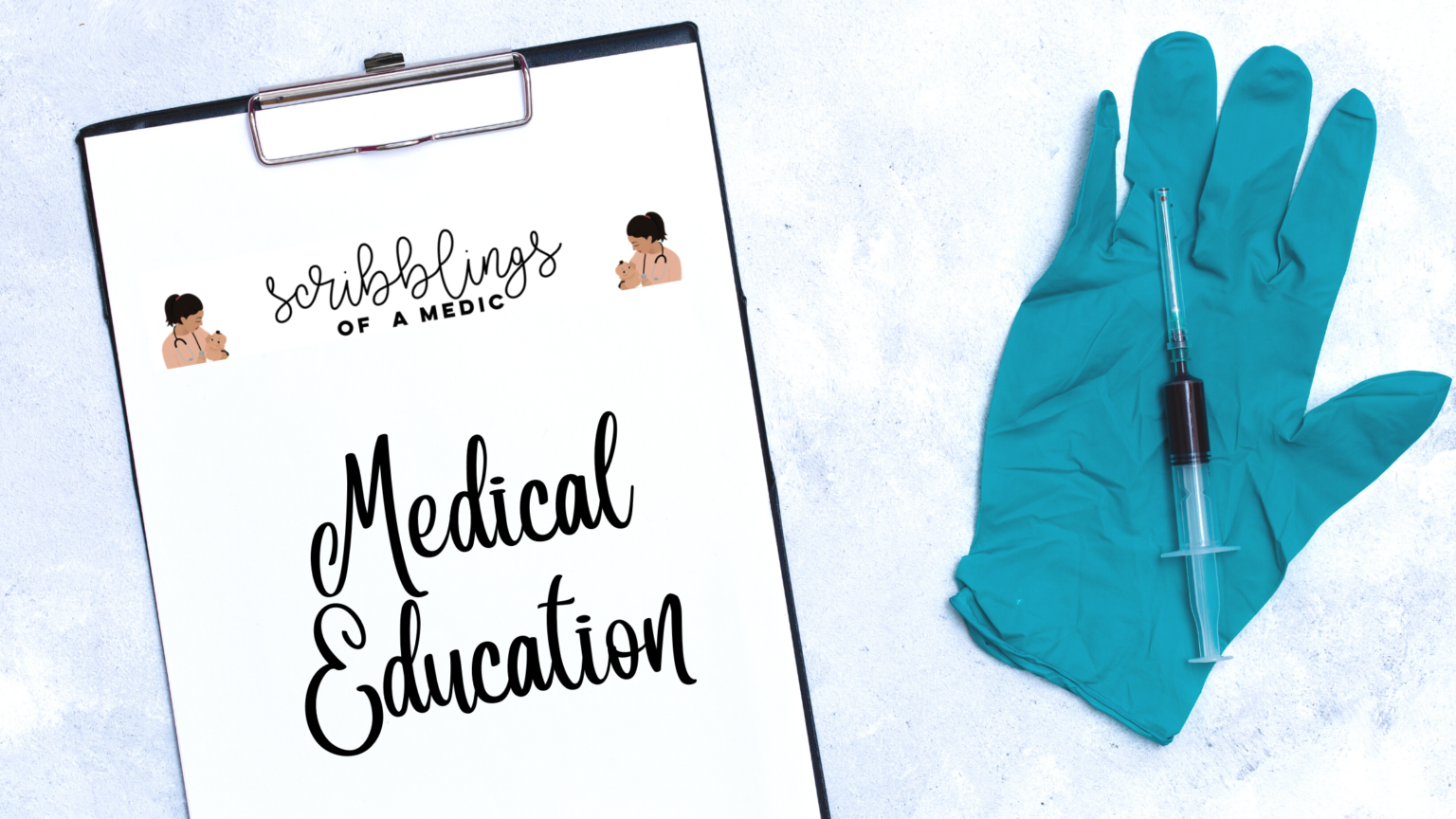Warning: graphic content (not for the faint-hearted)
Background scenario
So as a PHO (the HO who covers the postnatal section) you would hope to be not called for one of these emergencies. I was lucky enough to never have to experience this but a few have.

X-ray 1
One such situation was when a child delivered by normal vaginal delivery in the labour room and cried at birth, but was not breathing thereafter. The PHO and senior doctor from the PBU were there within a few seconds, but despite resuscitation measures (the baby was intubated very quickly) the baby did not have adequate respiration. Saturations did not improve and an urgent chest x-ray was taken (see below). Unfortunately the baby passed away despite extraordinary measures taken shortly thereafter.
How would you describe the x-ray below and what is your diagnosis?

X-ray 2
The second situation was a baby born via an elective caesarean section who started gasping shortly after being birth. Immediate resuscitation was done with intubation and ventilation. Whilst examining the baby, he was found to have a mild scaphoid abdomen. Immediate chest X-ray was taken and the diagnosis was confirmed. The baby’s vital signs remained stable and he was transferred for emergency paediatric surgical opinion. Diagnosed these babies yet?
A bit about the condition
Diaphragmatic hernia. According to Torfs et al it occurs 1 in 3000 live births and it has a good survival rate if there is quick intubation and urgent surgical referral is done. In a diaphragmatic hernia, there is a defect during development of the diaphragm. The hole in the diaphragm enables loops of bowel to herniate through and occupy space within the thoracic cavity. With the bowel occupying space in the thoracic cavity there is little room for the lungs to develop and hence most babies with diaphragmatic hernias have associated pulmonary hypoplasia. This is seen in X-ray 1 where most of the left side of the thoracic cavity has bowel loops. You can see that the endotracheal tube has shifted to the right side which shows that the mediastinum has got compressed to the right side.
How do I diagnose it?
Congenital diaphragmatic hernias (CHD) are mostly diagnosed on the antenatal scan, but in the cases above it was not detected. It’s very difficult to diagnose this as when you are handed a baby who has not been diagnosed prior and has no heart or respiratory rate, your instinct is to focus on the resuscitation and you might miss the examination features. A baby with CHD will have a degree of respiratory distress, the “well-described in medical textbooks but not often realised” scaphoid abdomen, no breath sounds on the affected side and bowel sounds in the thoracic cavity. There will also be a dull percussion note on the side that has the herniation.
What should I do?
A baby with CHD should not be ventilated via bag and mask as this causes more air to go into the bowel which results in an increase in the size of the bowel loops within the chest wall. This is easier said than done as you may not realise the scaphoid abdomen and go straight to the 1st step of resuscitation which is the inflation breaths. Or the nurses may be first on the scene and also start immediately ambu-bagging the baby. You should always always carry a strong suspicion of a diaphragmatic hernia in any baby that has severe respiratory distress at birth. The child should be immediately intubated and ventilated. An orogastric tube should be inserted and in addition to using a chest x-ray to confirm diagnosis, you can also see the position of the orogastric tube (and hence know where the stomach is). The consultants may or may not choose to give the child surfactant therapy prophylactically. The priority is however to get an emergency paediatric surgical opinion as soon as possible.
Important points
- Babies with CHD may also have other anomalies, such as renal and cardiac abnormalities.
- Remember please do not bag and mask, always intubate immediately!
- There now is in-utero foetal surgery which is still in an experimental stage.
- Polyhydramnios is a feature of CHD.
- Fun fact – there are 3 types of CHD – posterolateral Bochdalek hernia, anterior Morgagni hernia and hiatus hernia.
- The most common type of CHD is Bochdalek hernias.





